Just before that, the authorities had cleared the rocks and dirt, allowing traffic to resume on the two right lanes (car lane and mixed lane). The rough lane was still blocked due to the large rock, and continued to be barricaded and warning signs were placed.
According to Road Management Area IV, heavy rains are still complicated, the risk of flooding and landslides at high slopes is still latent. Road management units are required to be on duty 24/7, monitor, report promptly and proactively deploy solutions to ensure traffic, not to let congestion last long.
Vietnam Road Administration forecasts that after a period of being affected by rain, the soil geology in the area has reached a state of near saturation or saturation, so there is a high risk of landslides, and the flood and inundation situation is still complicated. Vietnam Road Administration requires the entire system to focus on responding and urgently overcoming the consequences of floods in the Central region.
Road Management Areas II and III guide and urge investors and BOT project enterprises to mobilize on-site forces, vehicles and materials to promptly repair damage caused by storms and rains as soon as possible.
For landslide and flood locations that affect traffic safety, it is necessary to immediately take warning measures, put on guard duty, direct traffic, and urgently deploy traffic safety measures to quickly restore normal traffic and minimize damage.
Agencies and units urgently guide and support localities in responding to, ensuring traffic and repairing damaged traffic infrastructure due to natural disasters, especially in areas that are still isolated, have landslides causing serious consequences, and routes serving rescue and relief work immediately after natural disasters occur.
Agencies and units also focused on responding to and quickly overcoming the consequences of rain and floods, restoring traffic infrastructure operations, especially routes serving rescue and relief work immediately after natural disasters. Arrange forces to guard and direct traffic at locations that are deeply flooded and have strong currents, especially through tunnels, spillways, ferry terminals, pontoon bridges, and ferries; assign people to guard, install buoys, barriers, and signals at locations with deep flooding, spillways, broken road sections, landslides, etc., resolutely not allowing people and vehicles to pass when there is still a risk of not ensuring safety.
For locations with large landslides and slides causing traffic jams, direct road management and maintenance units to coordinate with localities to deploy remote traffic diversion plans, promptly fix the problem, mobilize maximum machinery, equipment and human resources available in the area to ensure traffic clearance in the fastest time. Note that it is necessary to ensure the safety of forces and vehicles participating in overcoming flood incidents on traffic routes.
The Departments of Construction coordinate closely with the Road Management Areas to carry out appropriate traffic diversion through landslide and flood-prone areas, ensuring safe and smooth traffic. Direct relevant units to inspect and review areas at risk of flooding and traffic congestion to have quick drainage plans to limit traffic congestion. Arrange human resources, vehicles, equipment and machinery to be on standby to ensure early drainage and prevent flooding at flooded areas in urban areas.
Source: https://baotintuc.vn/xa-hoi/phong-toa-mot-lan-duong-quoc-lo-1-qua-lam-dong-bi-vuong-da-lon-20251120134711381.htm



![[Photo] Visit Hung Yen to admire the "wooden masterpiece" pagoda in the heart of the Northern Delta](/_next/image?url=https%3A%2F%2Fvphoto.vietnam.vn%2Fthumb%2F1200x675%2Fvietnam%2Fresource%2FIMAGE%2F2025%2F11%2F21%2F1763716446000_a1-bnd-8471-1769-jpg.webp&w=3840&q=75)

![[Photo] General Secretary To Lam receives President of the Senate of the Czech Republic Milos Vystrcil](/_next/image?url=https%3A%2F%2Fvphoto.vietnam.vn%2Fthumb%2F1200x675%2Fvietnam%2Fresource%2FIMAGE%2F2025%2F11%2F21%2F1763723946294_ndo_br_1-8401-jpg.webp&w=3840&q=75)
![[Photo] President Luong Cuong receives Speaker of the Korean National Assembly Woo Won Shik](/_next/image?url=https%3A%2F%2Fvphoto.vietnam.vn%2Fthumb%2F1200x675%2Fvietnam%2Fresource%2FIMAGE%2F2025%2F11%2F21%2F1763720046458_ndo_br_1-jpg.webp&w=3840&q=75)
![[Photo] National Assembly Chairman Tran Thanh Man holds talks with President of the Senate of the Czech Republic Milos Vystrcil](/_next/image?url=https%3A%2F%2Fvphoto.vietnam.vn%2Fthumb%2F1200x675%2Fvietnam%2Fresource%2FIMAGE%2F2025%2F11%2F21%2F1763715853195_ndo_br_bnd-6440-jpg.webp&w=3840&q=75)
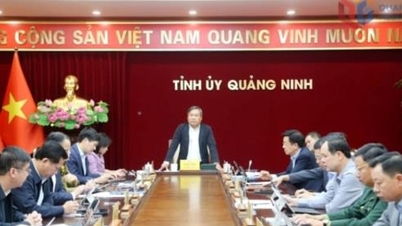









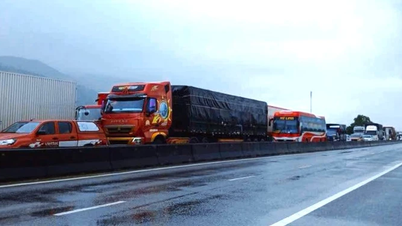

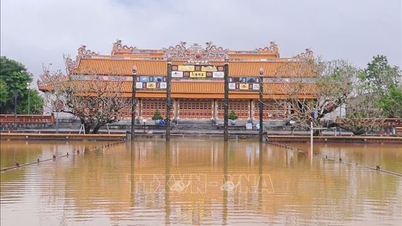

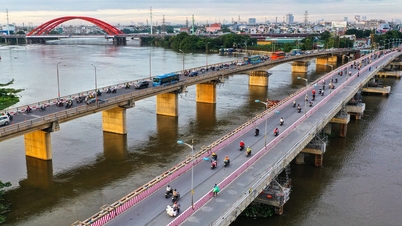


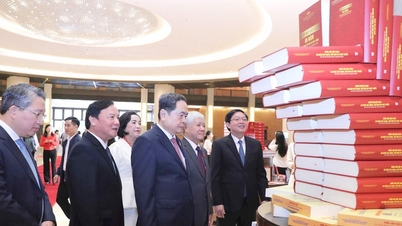





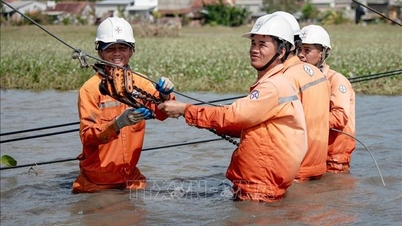
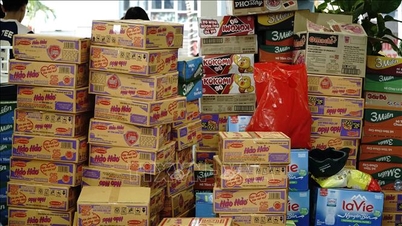

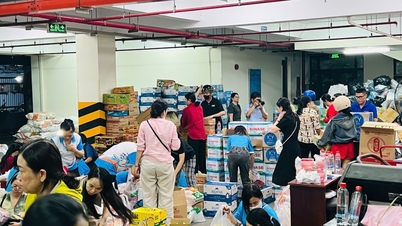








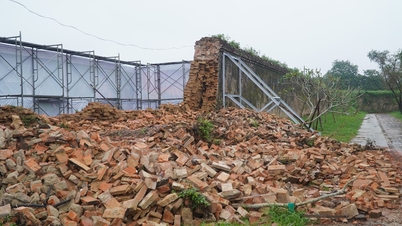













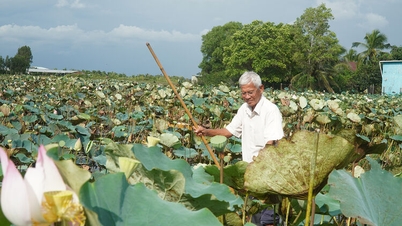















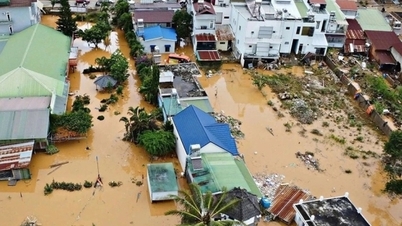

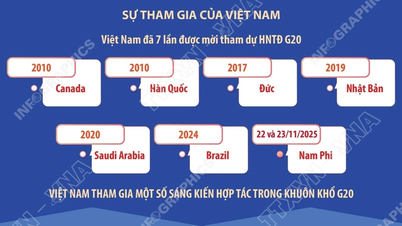







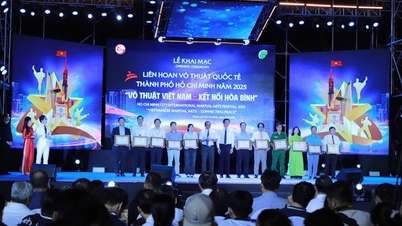

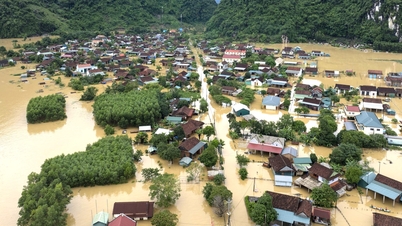




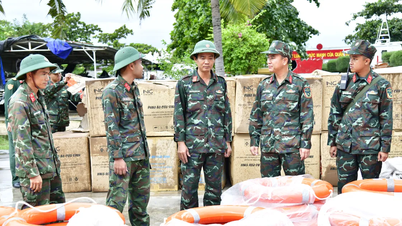



















Comment (0)